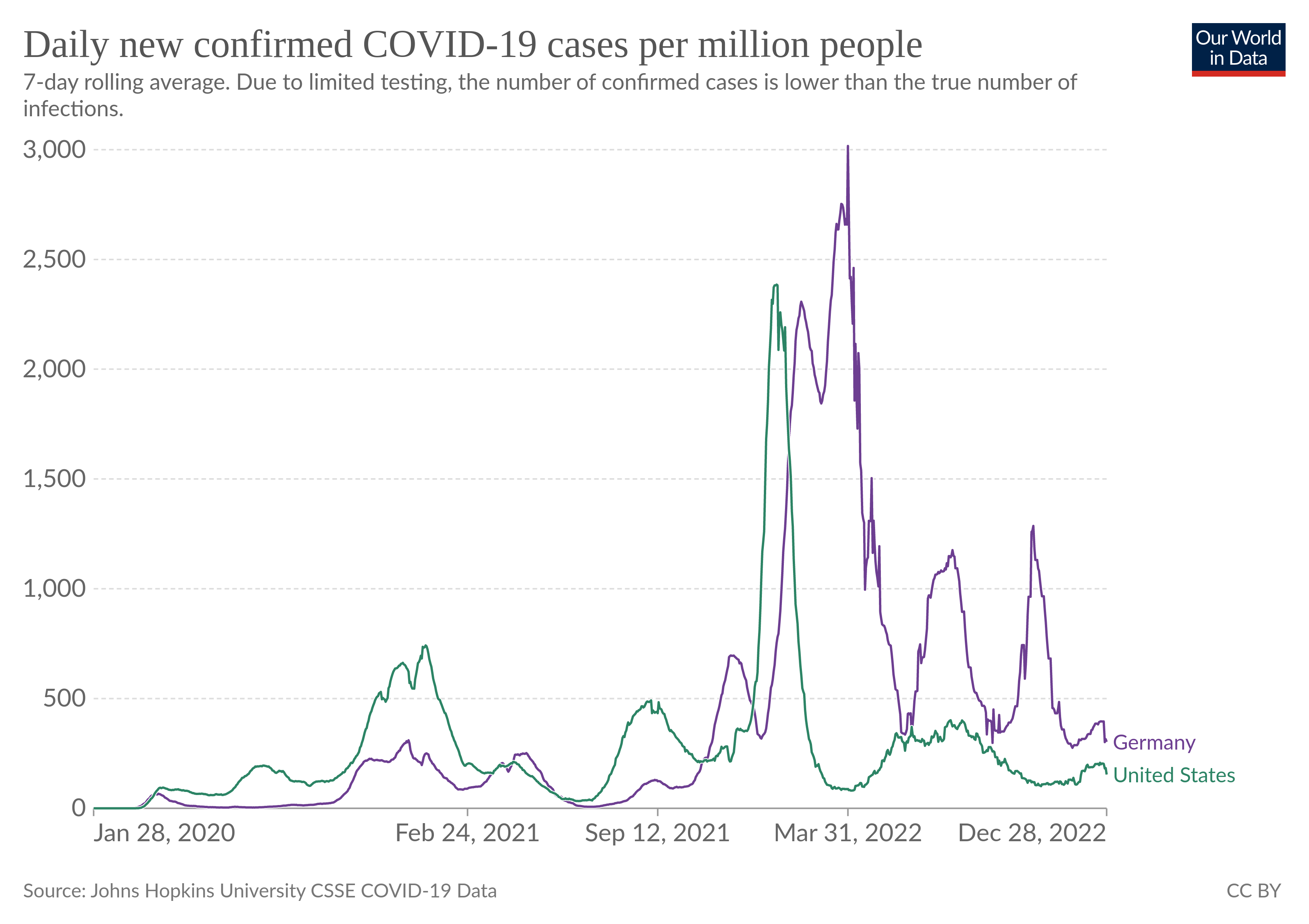There hasn't been anything like this published to my knowledge, but this will almost entirely be because this sort of thing doesn't really mean anything unless taken in the context of the socio-economic and medical factors of the country, so generalizations of the sort you are trying to determine are not useful and very hard to make.
For instance, country A has a great economy, free public healthcare, excellent vaccination rates (against COVID-19) and people generally willing to follow public-health advice/government regulations (this sort of country might be New Zealand, Norway, Taiwan, Japan, Singapore etc.). In this context, dropping masks might be sensible at a 1% infection rate, as most of those infected will mostly be well protected by vaccination (i.e. few get sick, very few die) and the healthcare system can cope with it easily.
On the other hand, country B might have a low vaccination rate, poor economy, poor healthcare (even if free), high levels of poverty, high population density etc (e.g. almost any "3rd world" countries). In this context, a very very low rate of infection could easily rise into a catastrophic epidemic - as was seen in almost all "first world" countries with good healthcare systems and good socio-economic factors in the early days of the COVID-19 pandemic, despite all the benefits of being rich and well set-up.
There are, of course, those in the middle - case in point would be the USA. Excellent healthcare, if you can afford it. Good economy, good infrastructure, decent socio-economic factors in most places. However, very mediocre vaccination rates, lots of "anti-government" sentiment and consequently poor compliance with mandates, as well as states effectively running as independent areas in terms of political decision-making. As was seen in 2020 and 2021, this resulted in massive infection rates and huge numbers of deaths in some states, but lower rates in others. How to make a decision on when to drop wearing a mask in this context is almost impossible.
Personally, I live in one of the more fortunate countries which currently has a relatively high rate of infection (for us at least, it is about 1% I think) and wear a mask in areas where there are high densities of people - supermarket, library, cinema, malls, Dr's surgery, hospital (in healthcare locations everyone is still required to wear masks) etc., but not at work, unless in a meeting with many others from outside my building or when visiting people (unless they request it).
